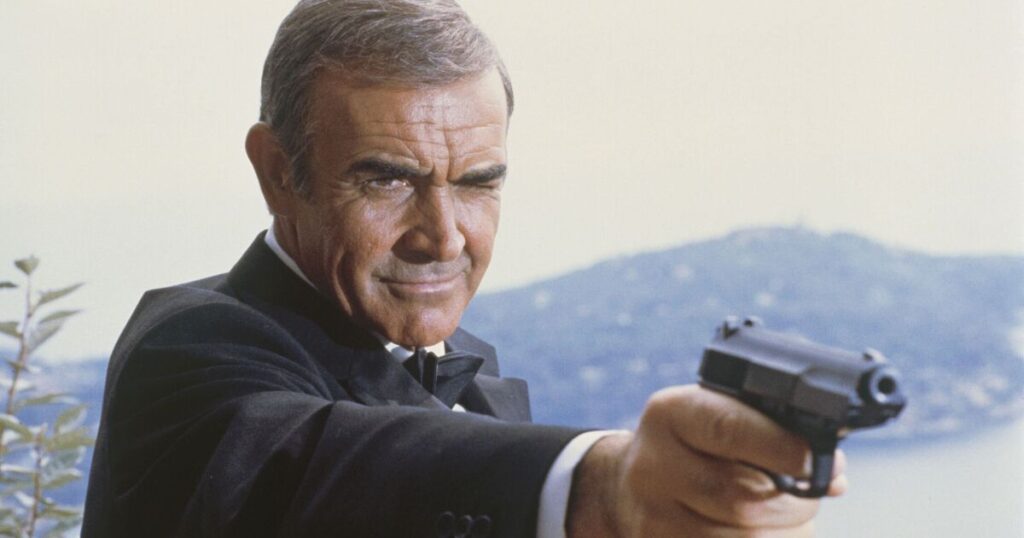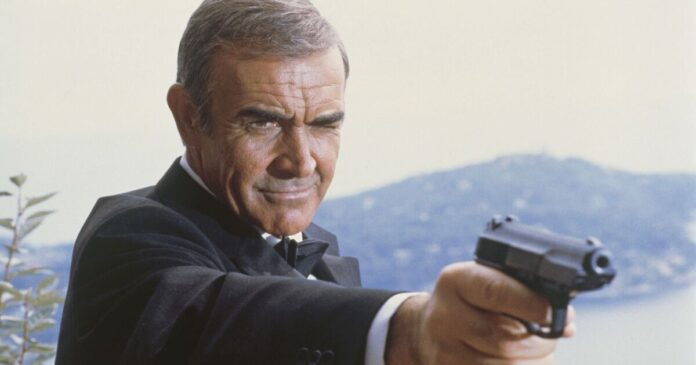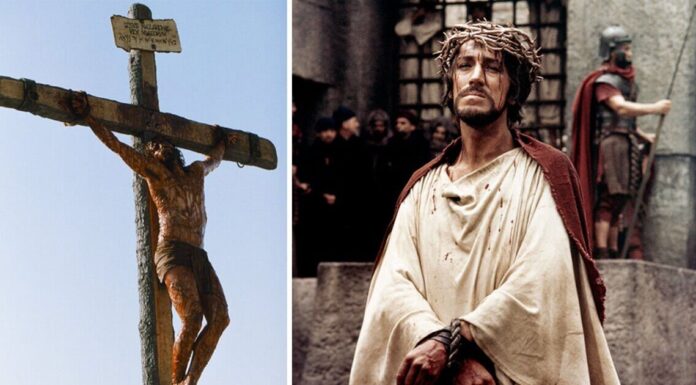
Sean Connery’s return as James Bond in Never Say Never Again should have been a triumphant comeback. Instead, the experience turned into one of the most stressful and chaotic shoots of his career.
Despite a star-studded cast, a respected director, and high anticipation from fans, Connery later said the film was marred by “incompetence, ineptitude, and dissension” – and it left a bitter taste that lingered long after the film’s release.
Connery had already played 007 six times by the time he walked away from the official franchise after Diamonds Are Forever in 1971. He’d grown tired of the role and the intense spotlight, and had frequently clashed with producers Albert R. Broccoli and Harry Saltzman.
So when he was lured back for Never Say Never Again, it came with a twist. This wasn’t an Eon Productions Bond film. It was an independent remake of Thunderball, born out of a long-running legal dispute between Ian Fleming and Irish screenwriter-producer Kevin McClory.
Back in the late 1950s, McClory had collaborated with Fleming and screenwriter Jack Whittingham on an original Bond screenplay. Fleming later used much of their work as the basis for his novel Thunderball, published in 1961, without crediting them.
McClory sued and won the film rights to the story, along with the ability to remake it after a set number of years. He then decided to relaunch the story and stunned the film world by convincing Sean Connery – the original and still widely considered to be the definitive Bond – to return to the role.
Connery, burned by his previous experiences with Eon, agreed on the condition that he would have a good amount of creative input, including approval of the script and casting.
What should have been a seamless production – with The Empire Strikes Back director Irvin Kershner involved – quickly descended into chaos.
“There was so much incompetence, ineptitude, and dissension during the making of Never Say Never Again that the film could have disintegrated. I ended up getting in the middle of every decision. The assistant director and myself really produced the picture”, said Connery.
He was forced to take a more hands-on role than he ever expected, stepping in to handle everything from production delays to disputes between cast and crew. According to contemporary reports, tensions on set were high and communication between departments was poor. The lack of cohesion took its toll on morale and efficiency.
Even before filming began, the project had already been entangled in legal drama. Eon Productions tried to block the film through the courts, arguing it would damage the official franchise. But because McClory held specific rights to the Thunderball story and characters, the courts allowed it to move forward. The public dubbed the situation “The Battle of the Bonds,” as both Never Say Never Again and Eon’s Octopussy, starring Roger Moore, were released just months apart in 1983.
Never Say Never Again had a bigger budget than Octopussy and was pitched as a darker, more realistic take on Bond. It also featured a strong cast, including Kim Basinger, Max von Sydow, Klaus Maria Brandauer, and a young Rowan Atkinson.
But while it earned decent box office returns and generally positive reviews, it failed to outperform Octopussy, which made more money and retained stronger support, coming from the official Bond continuity.
Connery later told film critic Barry Norman that the experience was “just the kind of Hollywood mess that I abhor.” Though he still enjoyed playing Bond on-screen, the behind-the-scenes headaches were too much to justify a return, and Never Say Never Again marked the last time Connery played James Bond.
















